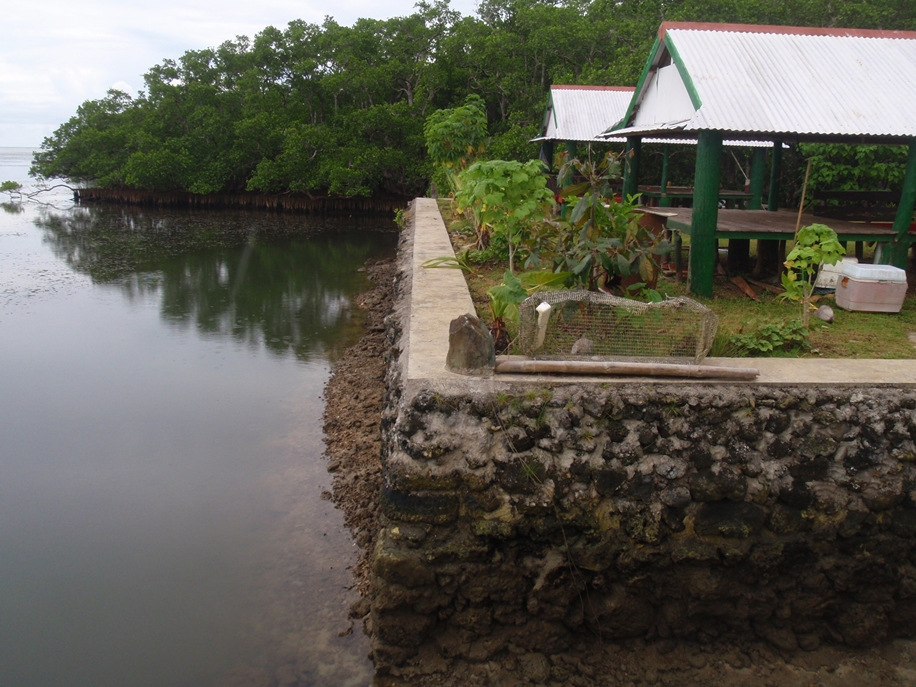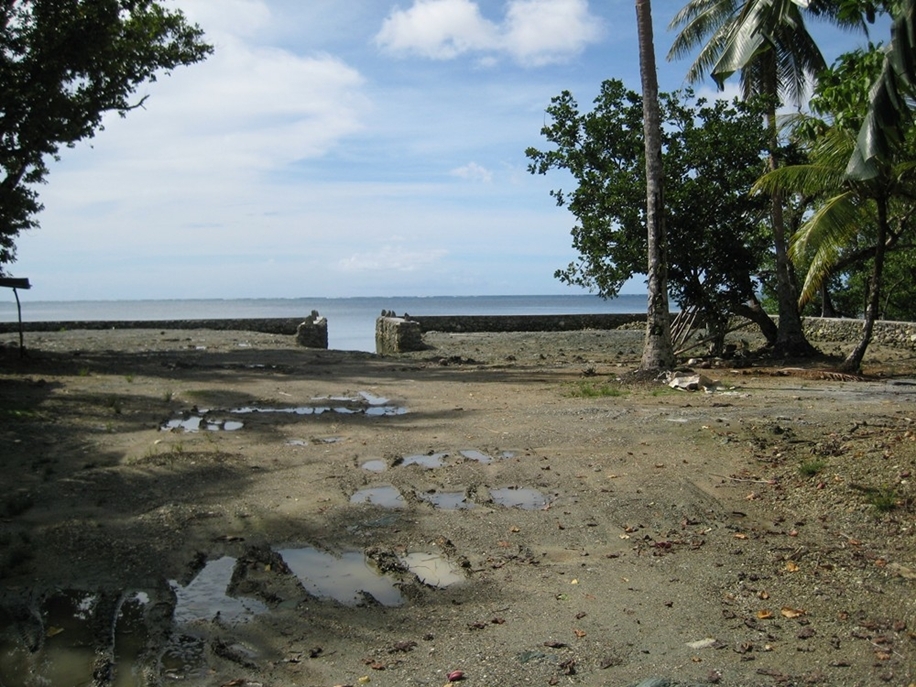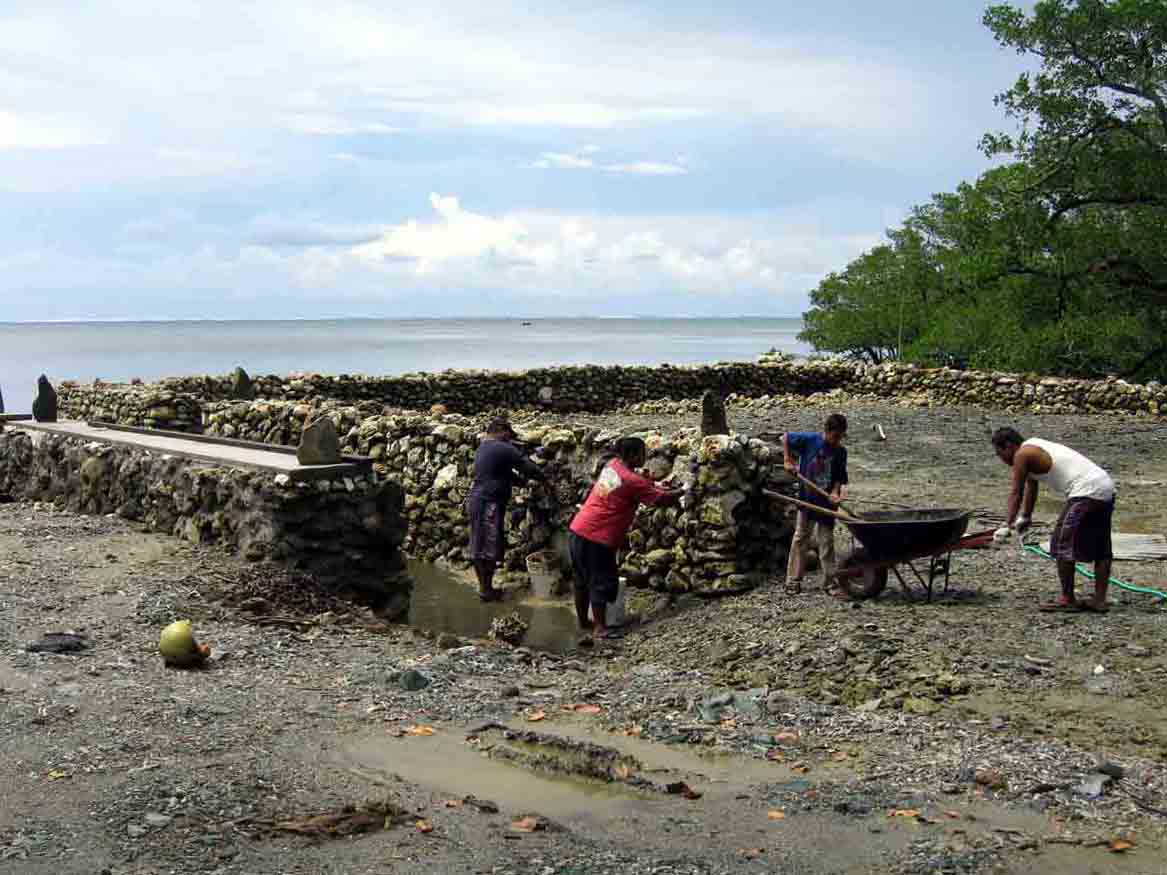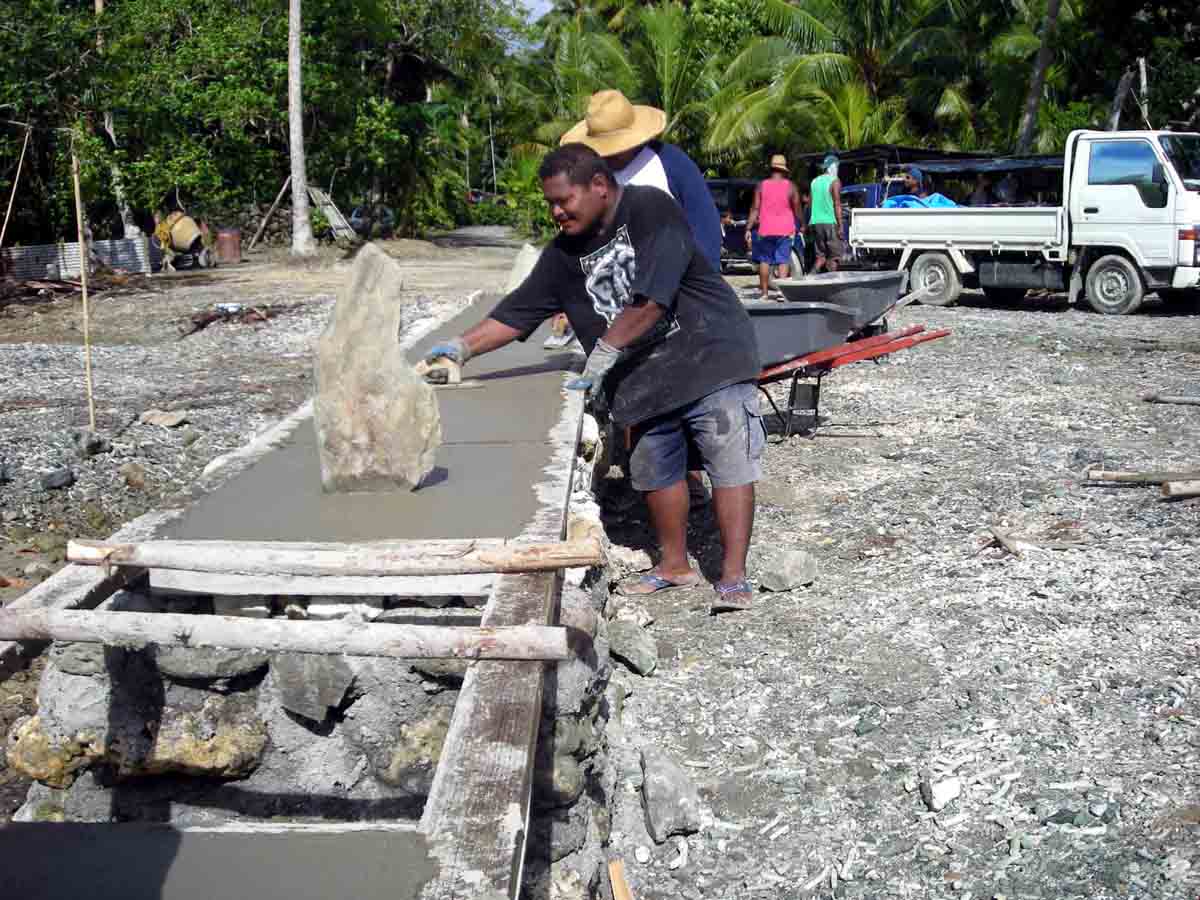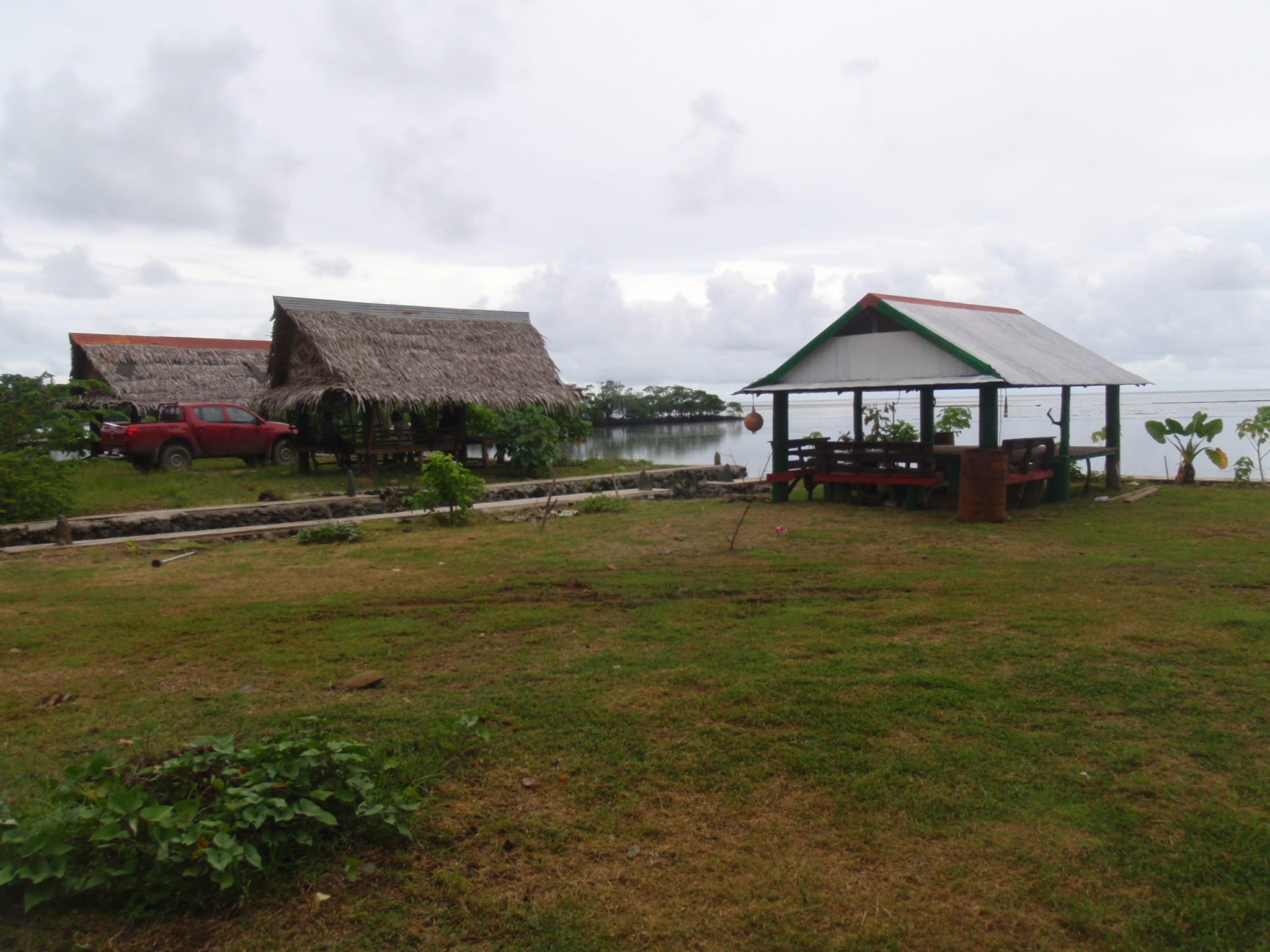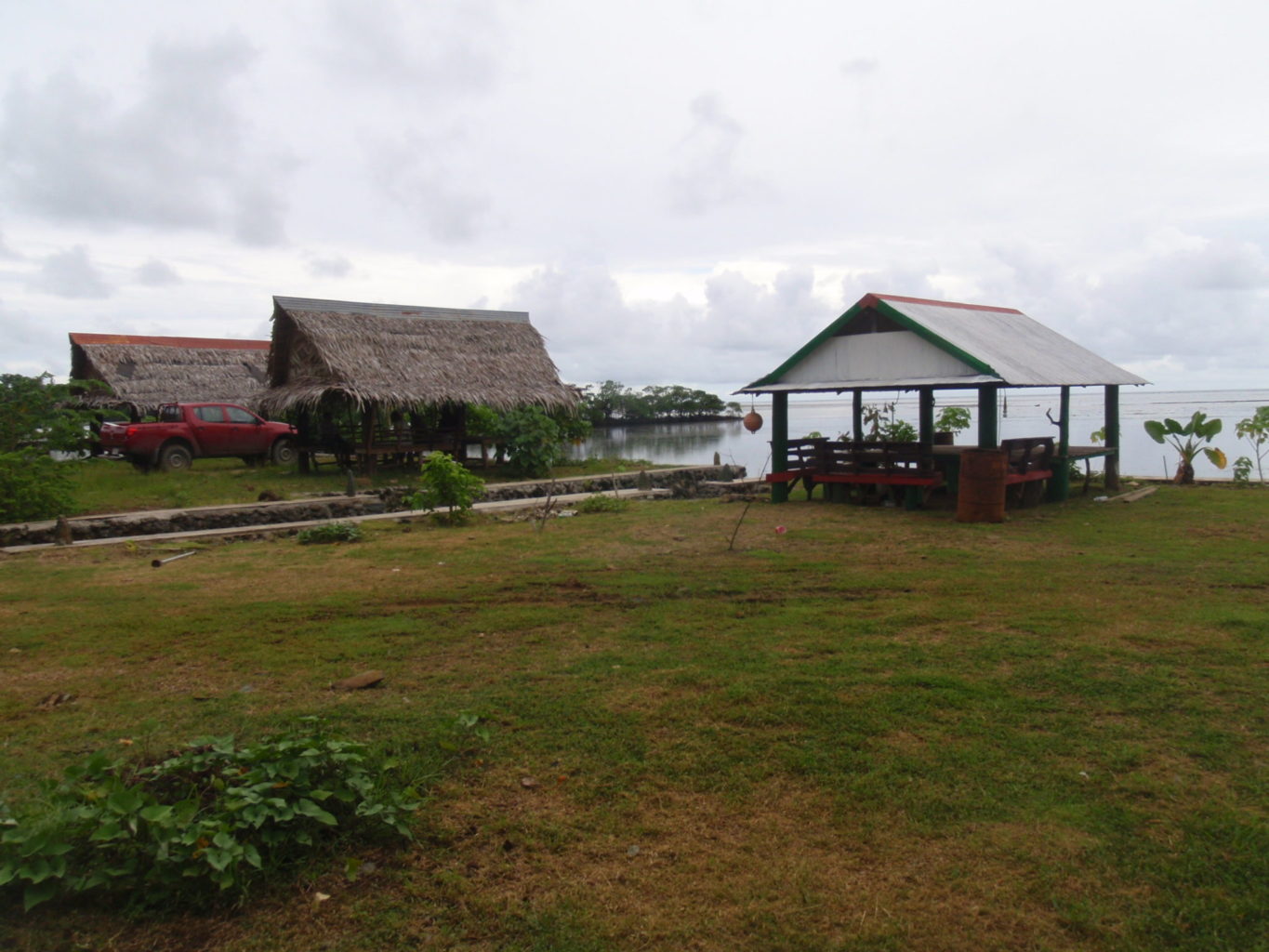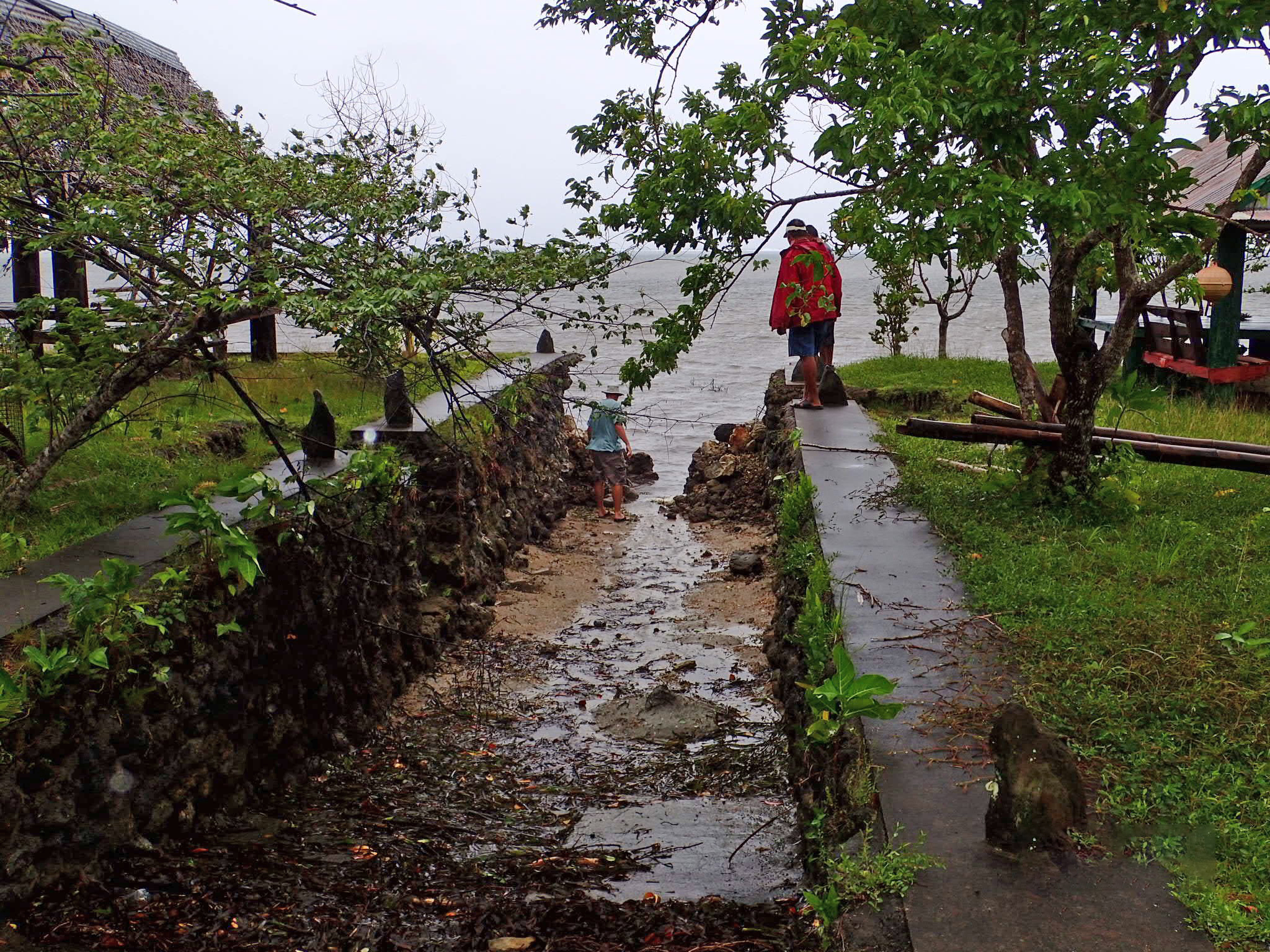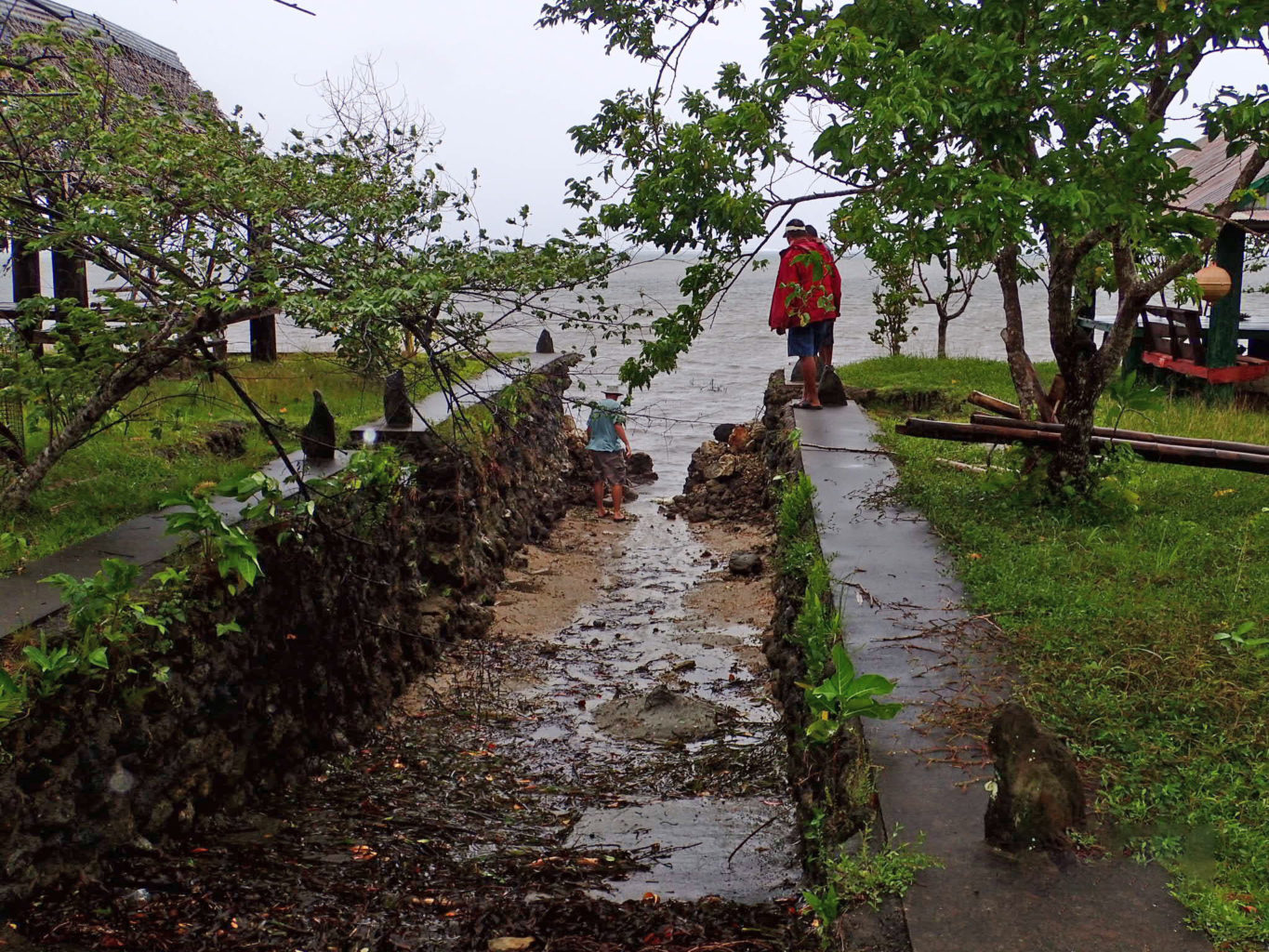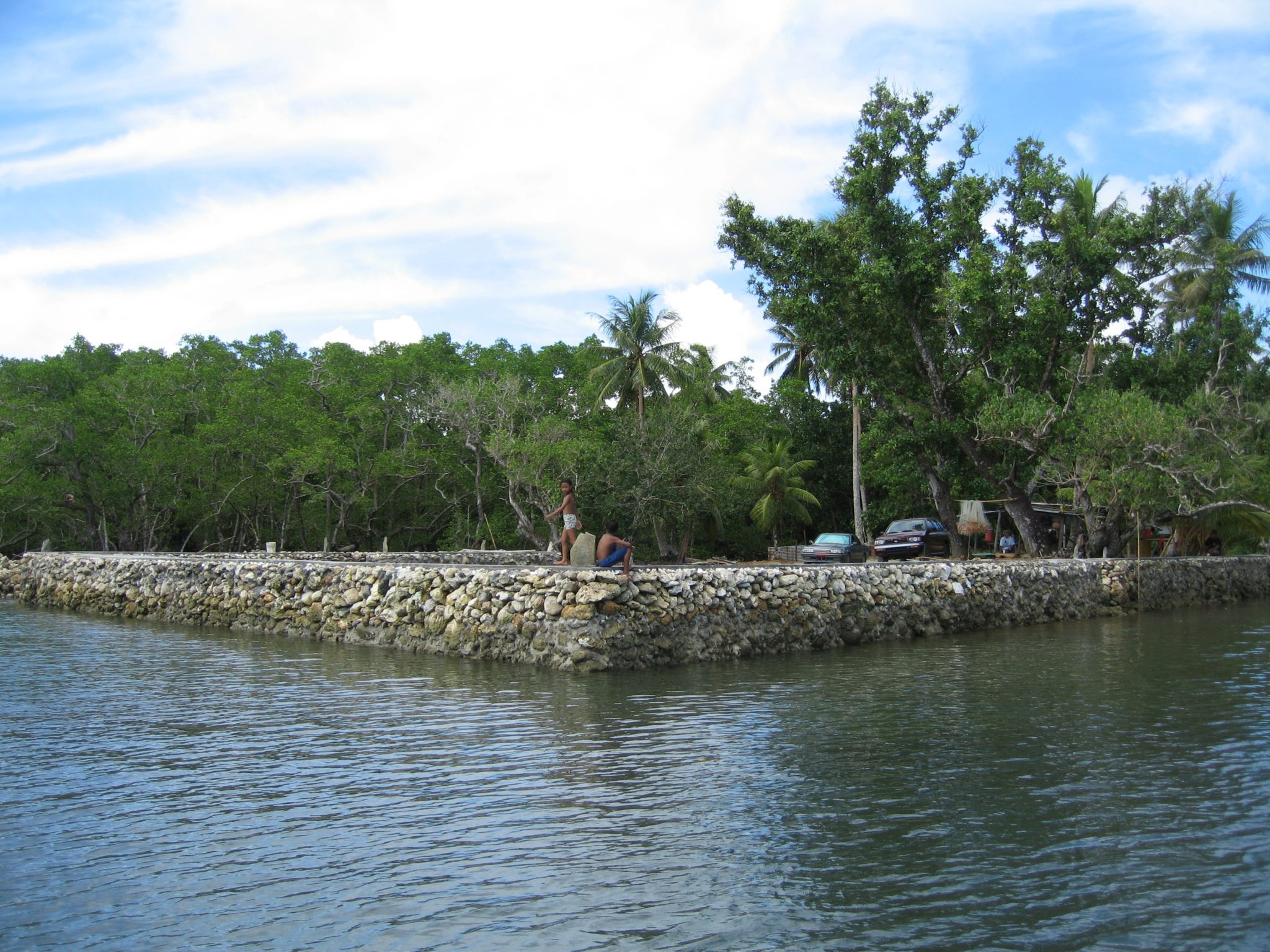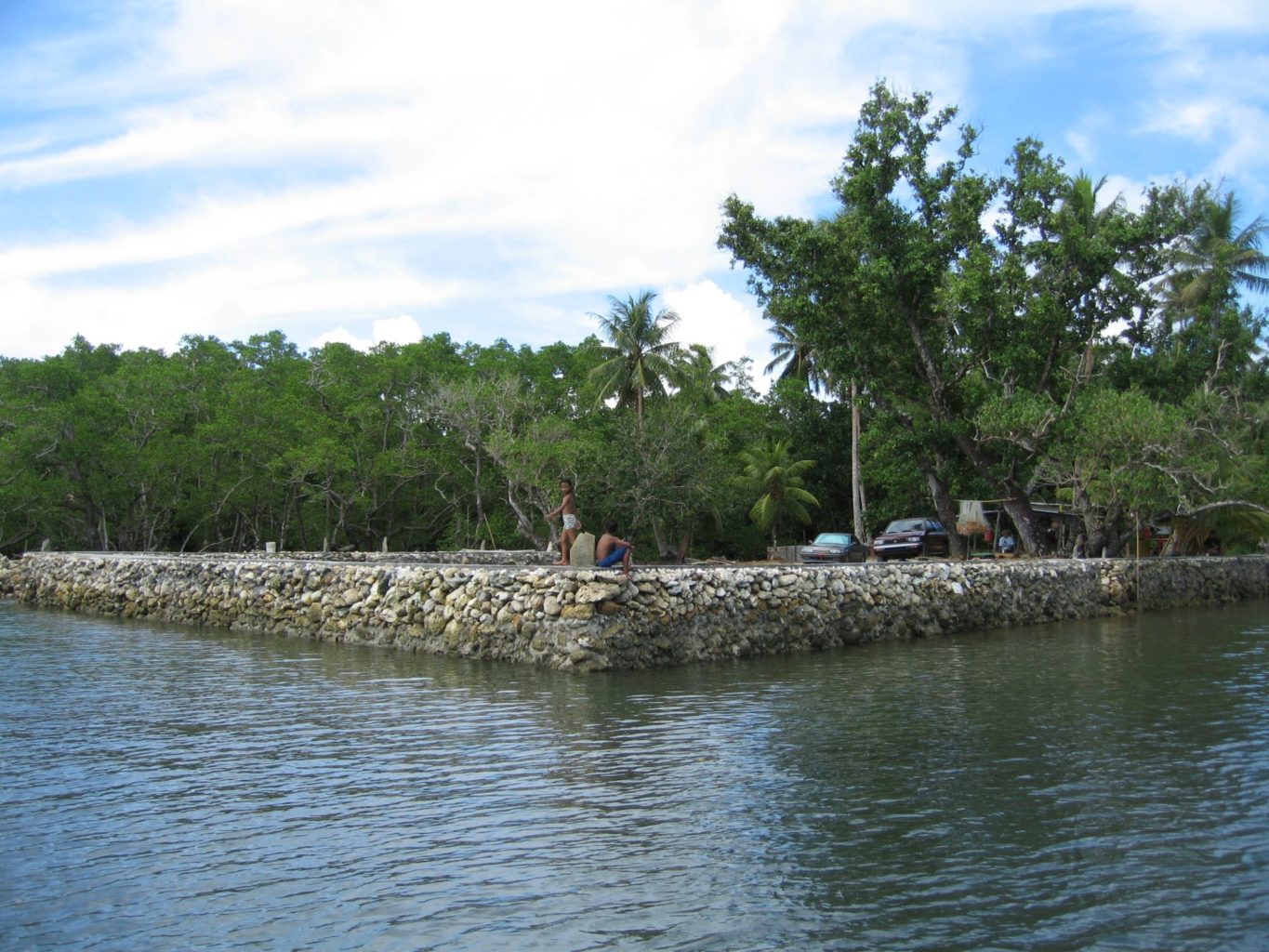The idea of conserving their valuable forests is not new to the village of Kanif, in Dalipebinaw, Yap. The 75-acre Dalipebinaw Forest Reserve was established in 2002, in exchange for Seacology’s support of the restoration of the ancient Tamilyog Stone Path, which traverses the island. The community has decided to protect another vital ecosystem: the Kanif-Magaf mangrove forest and river channel.
In exchange for setting aside the 5.5-acre forest reserve in perpetuity, Seacology will help fund repair of the seawall protecting the area. The project will be facilitated by the Yap Community Action Program, a local nonprofit organization.


